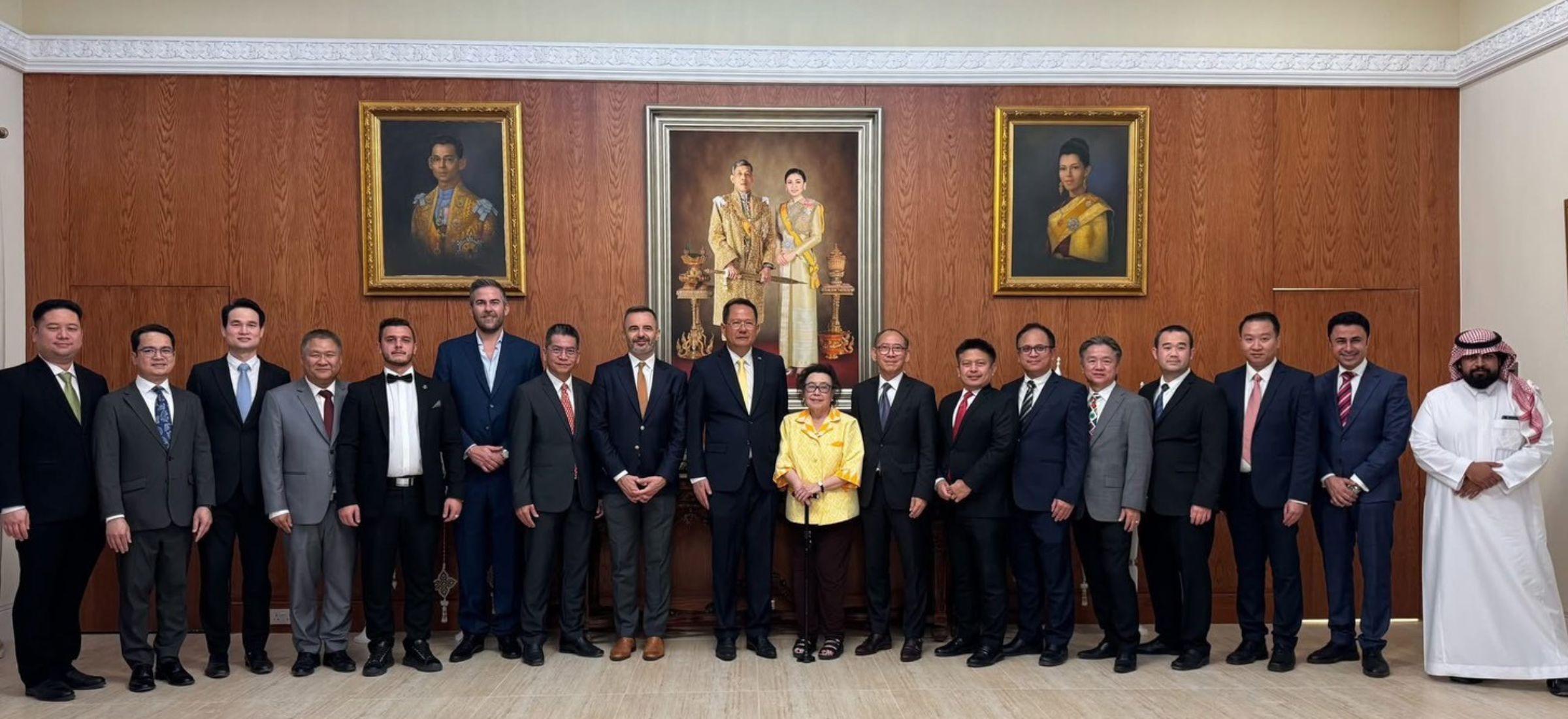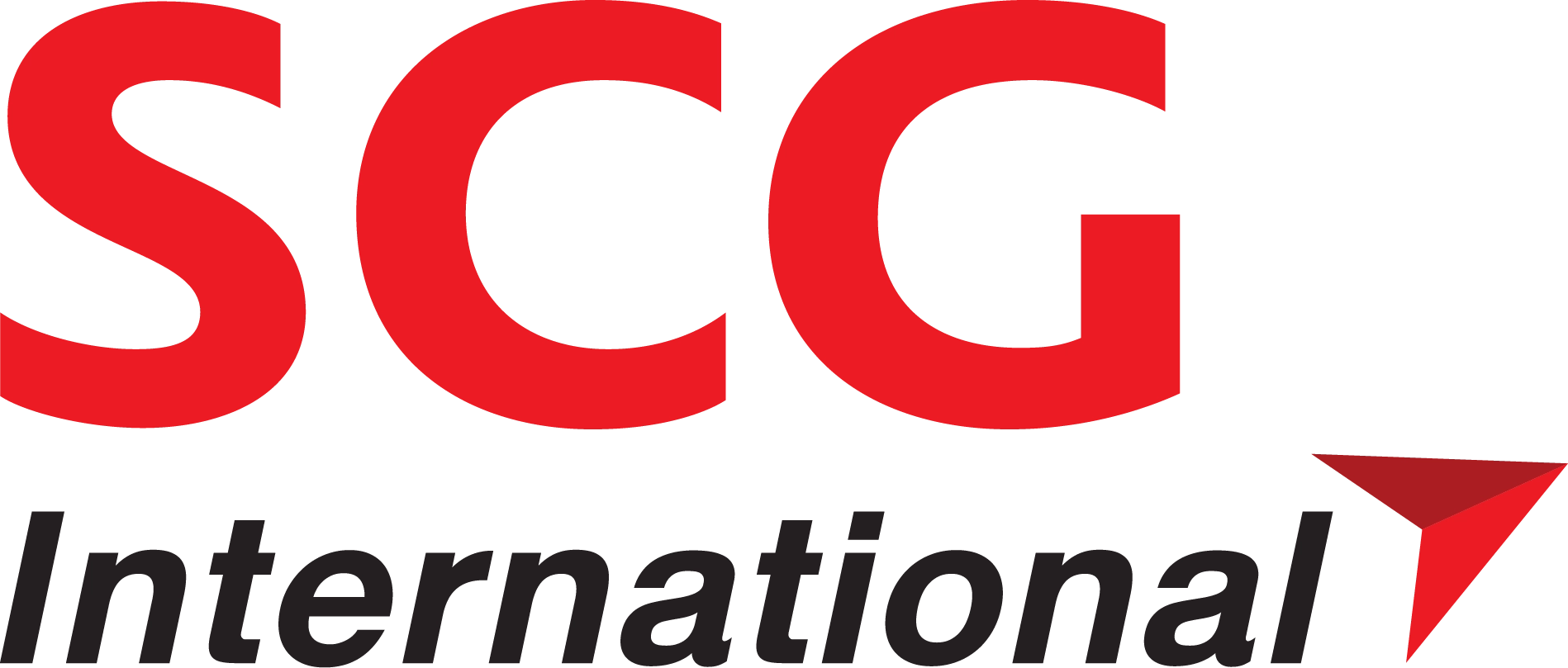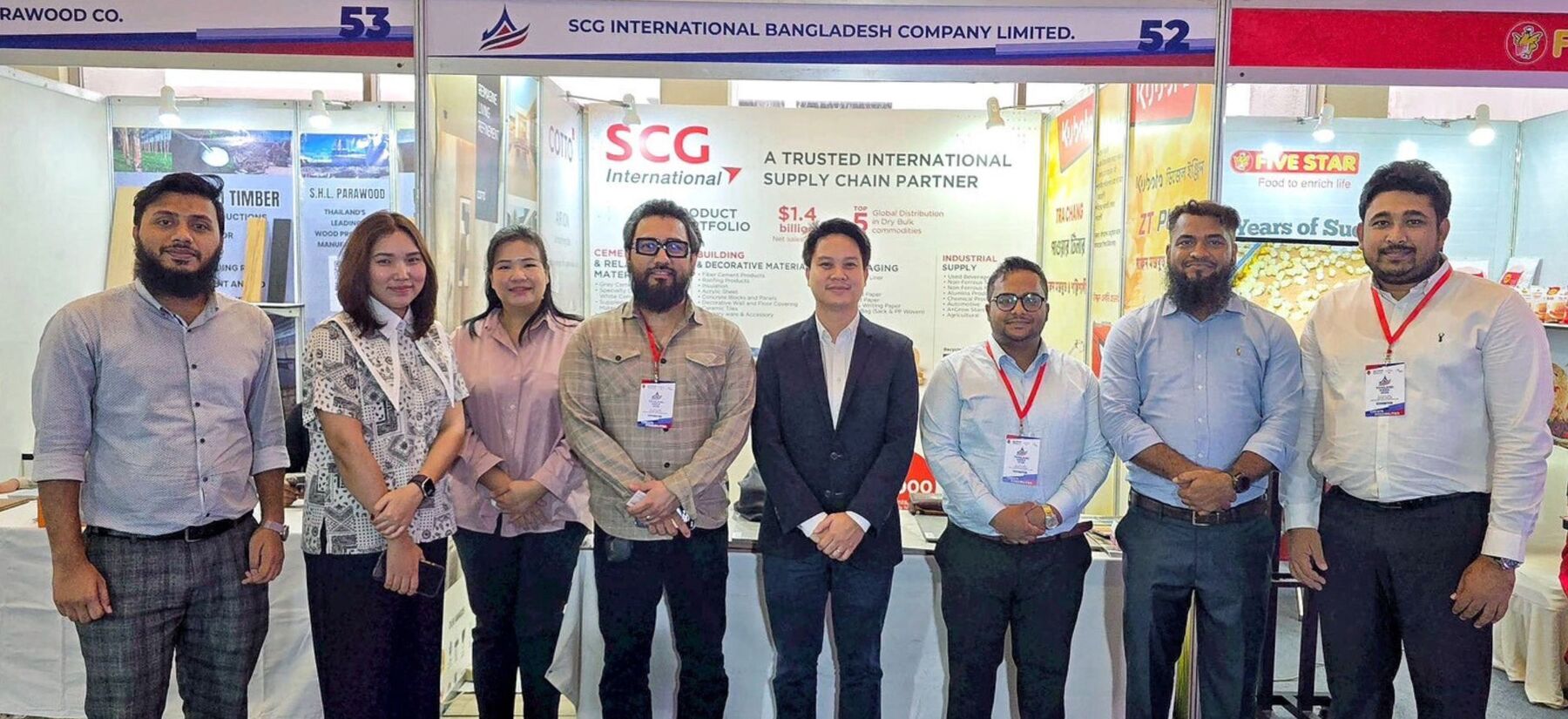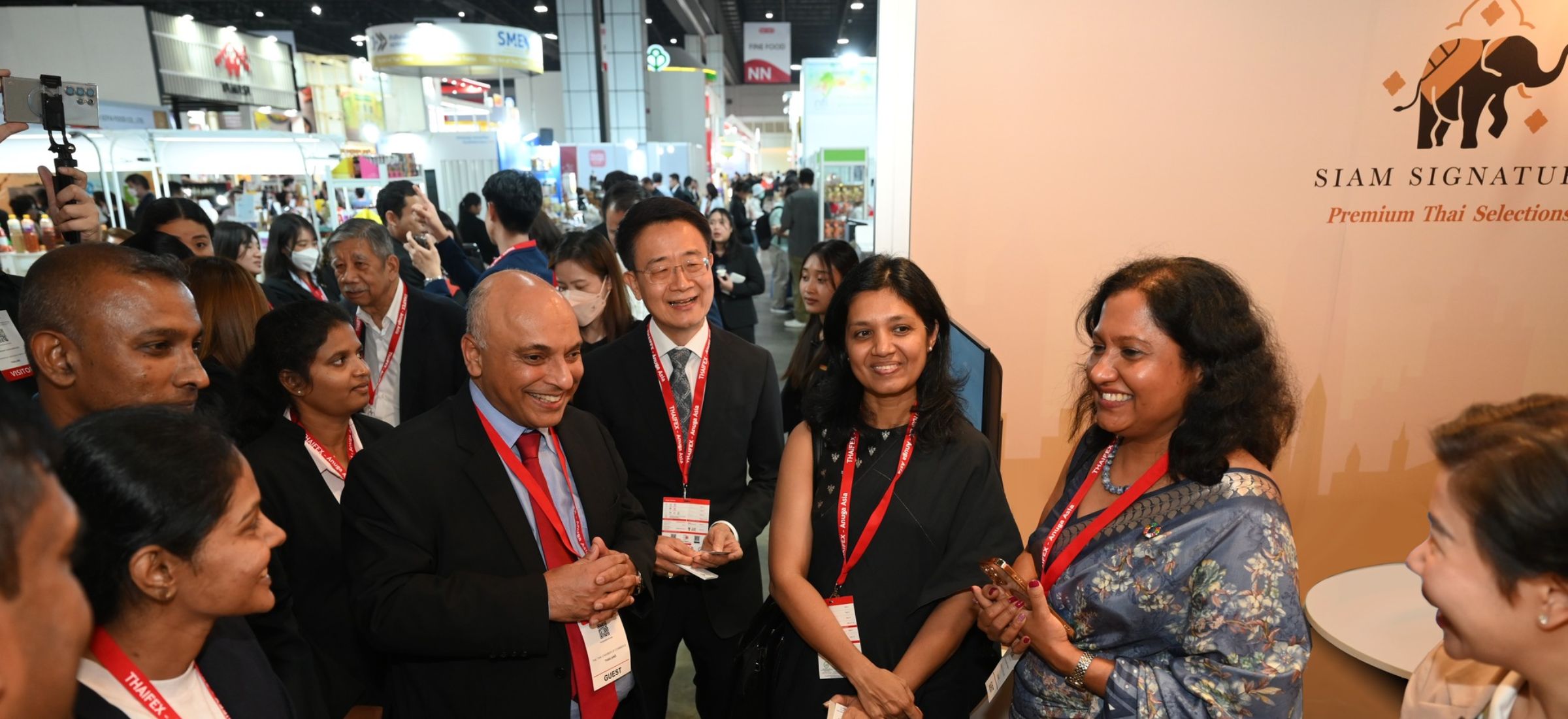
SCG International นำโดย คุณยงยศ ผลธนาวัฒน์ Global Commercial and Distribution Business Director พร้อมคุณพันธ์พิไล ใบหยก ผู้อำนวยการบริษัท Bangkok International Design Strategy Limited (BIDS) ร่วมกับสถานเอกอัครราชทูตไทย ณ กรุงริยาด จัดงานเลี้ยงรับรองเพื่อสร้างเครือข่ายทางธุรกิจ ณ ทำเนียบเอกอัครราชทูตไทย โดยภายในงานได้รับเกียรติจากคุณบุญธรรม เอกอัครราชทูตไทย ณ กรุงริยาด กล่าวต้อนรับแขกผู้มีเกียรติผู้บริหารระดับสูงจากบริษัทพัฒนาอสังหาริมทรัพย์ชั้นนำของซาอุดีอาระเบียเข้าร่วมอย่างคับคั่ง อาทิ มี National Housing Company, Dar Al Arkan, Emkan Holding, Tamimi Global, Al Bawani, Hassan Allam KSA, Al Hokair Group, Al Rashid Group, Alnagdin Diamond United Entity และ SILK รวมถึงแขกผู้มีเกียรติจากหลายภาคส่วน เพื่อเน้นย้ำถึงความสำคัญของการสร้างเครือข่ายทางธุรกิจระหว่างไทยและซาอุดีอาระเบีย



โดยงานนี้มีวัตถุประสงค์เพื่อแนะนำผู้ประกอบการไทยที่มีความเชี่ยวชาญด้านการก่อสร้าง สถาปัตยกรรม และภูมิสถาปัตยกรรม ให้กับภาคอสังหาริมทรัพย์ของซาอุดีอาระเบีย เพื่อส่งเสริมความร่วมมือและตอบสนองความต้องการของโครงการพัฒนาเมืองขนาดใหญ่ภายใต้วิสัยทัศน์ซาอุดีอาระเบีย 2030 ความร่วมมือที่เป็นรูปธรรมระหว่างภาคเอกชนของทั้งสองประเทศนี้ถือเป็นโอกาสสำคัญในการสร้างพันธมิตรในอนาคตและขับเคลื่อนการพัฒนาธุรกิจ

SCG International Corporation
ด้วยประสบการณ์ด้านการซื้อขายวัตถุดิบระหว่างประเทศ กว่า 45 ปี เราได้พัฒนาความเชี่ยวชาญอย่างลึกซึ้งในหลากหลายอุตสาหกรรม ตั้งแต่วัตถุดิบอุตสาหกรรม วัสดุก่อสร้าง สินค้าบ้านและที่อยู่อาศัย กระดาษและบรรจุภัณฑ์ อาหารและเครื่องดื่ม วัสดุรีไซเคิล ไปจนถึงพลังงาน ความรู้ที่กว้างขวางนี้ทำให้เราเป็นพันธมิตรที่น่าเชื่อถือด้านซัพพลายเชนระดับโลก ทำให้สามารถให้ข้อมูลตลาดเชิงลึกที่มีประโยชน์และเชื่อถือได้ ผ่านการนำเสนอบทความที่รวบรวมมาจากประสบการณ์อันยาวนาน ช่วยให้คุณมั่นใจได้ว่าจะสามารถจัดการกับความซับซ้อนของซัพพลายเชนได้อย่างมั่นคง








